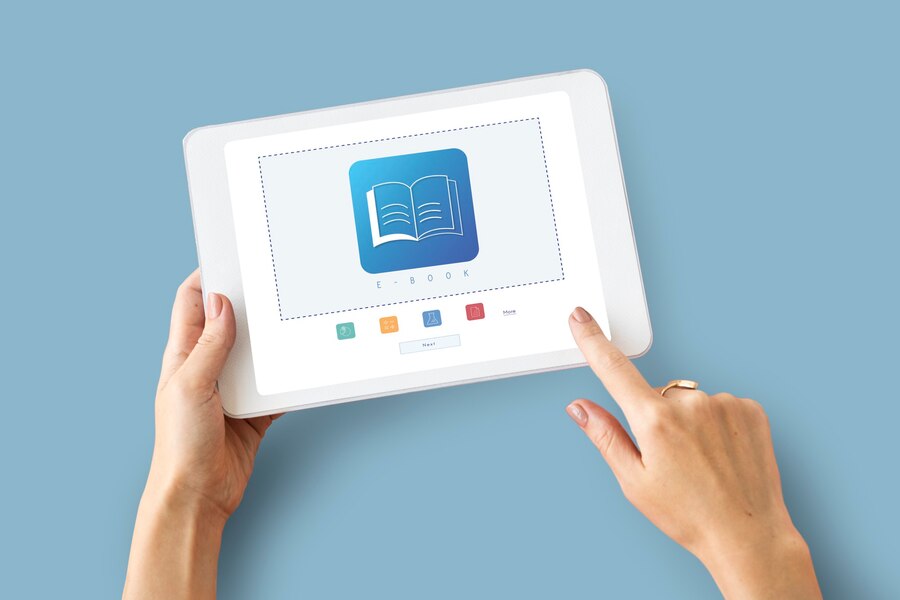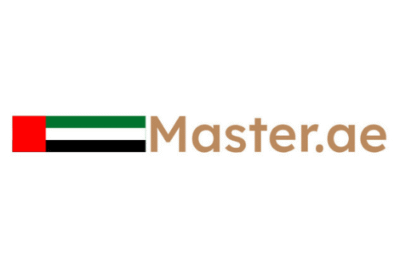Digital textbook platforms are transforming the way students access learning materials. By offering a convenient, centralized location for educational content, these platforms cater to diverse learning needs and preferences. This shift not only enhances accessibility but also supports interactive and engaging learning experiences.
With features such as customizable reading options, multimedia resources, and collaboration tools, digital textbooks provide an enriched study environment. This flexibility allows learners to tailor their educational journey according to their individual pace and style. The integration of advanced technologies fosters a more effective approach to learning.
As educational institutions continue to embrace digital resources, understanding the benefits of these platforms becomes essential for students and educators alike. The evolution of textbook access has significant implications for engagement and learning outcomes. Adopting digital formats may significantly enhance educational efficiency and personalization, making it an important consideration for modern education.
Digital Textbook Platform Fundamentals
Digital textbook platforms represent a significant shift in how educational materials are delivered and accessed. They include various components that enhance learning experiences and offer distinct advantages over traditional textbooks.
Evolving Education Paradigms
The education landscape is changing rapidly due to technology. Students and educators are increasingly favoring digital resources for their accessibility and interactivity.
With the rise of distance learning and hybrid models, digital textbooks meet the demands of diverse learning environments. They support personalized education, allowing students to learn at their own pace.
These platforms also promote collaboration through features like real-time annotations and shared resources. As educational paradigms continue to evolve, digital textbooks play a crucial role in fostering student engagement.
Components of a Digital Textbook Platform
A digital textbook platform consists of several key components that facilitate the educational process. These typically include:
Content Delivery System: This central feature provides access to textbooks and supplementary materials. It supports various formats, including PDFs and interactive media.
User Interface: A user-friendly interface is essential for easy navigation. It allows students and teachers to search and engage with materials effortlessly.
Analytics Tools: These tools track student progress and engagement, giving educators insights into learning outcomes.
Collaboration Features: Options for shared notes, discussions, and group projects enhance teamwork and interaction among users.
Together, these components contribute to an effective digital learning environment.
Benefits of Digital Textbooks
Digital textbooks offer numerous advantages that traditional textbooks cannot match.
Cost-Effectiveness: Digital versions are often less expensive than print counterparts, making education more affordable.
Interactivity: Many digital textbooks include multimedia elements such as videos, quizzes, and interactive exercises. This engagement can enhance comprehension and retention.
Accessibility: Students can access materials from various devices. Features like adjustable text size and read-aloud options make content accessible to all learners.
Up-to-Date Content: Digital textbooks can be updated quickly, ensuring that students always work with the latest information.
These benefits illustrate why digital textbooks are becoming indispensable in modern education.
Overview
- Textbook Type: University
- Condition: Used





